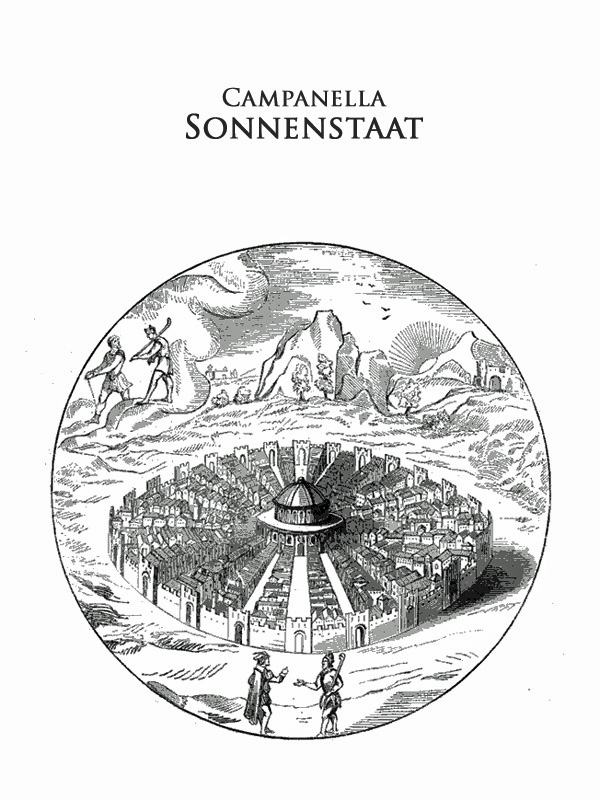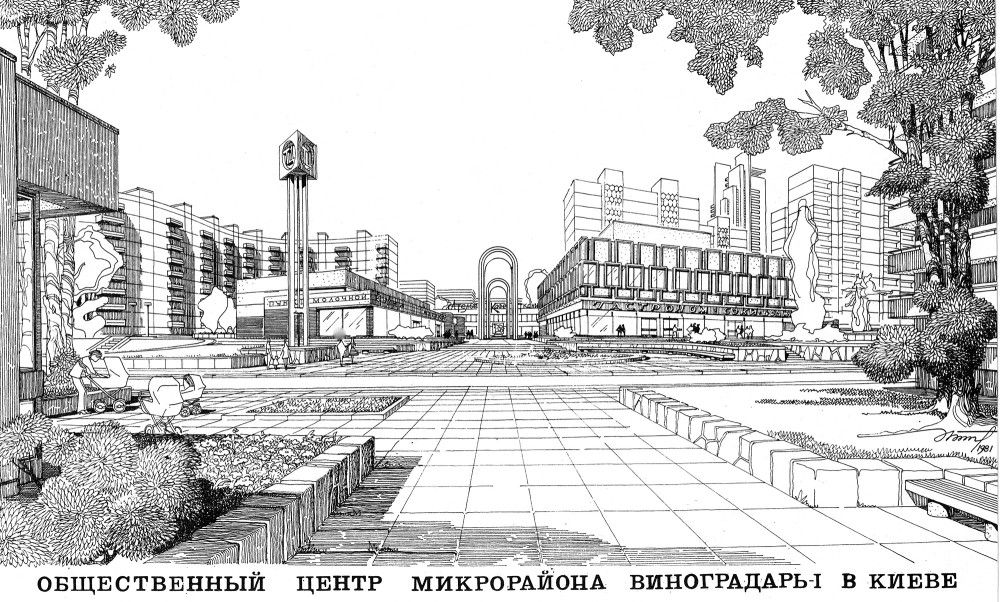
Why some of Soviet Architectures are called ‘Utopian architecture’? Utopia was related to the idea of communism in Thomas More’s work. During the collapse of USSR, it was approved that the practice of communism unsuccessful. Those architectures which were supported by the government were abandoned or forgotten. Some huge architectures and monuments were conveyed a concept of an ideal city from Architects who designed for the society. Even though, those architecture give an impression of futurism. Utopian is an imagined community or society that possesses highly desirable or nearly perfect qualities for its citizens, which means it doesn’t exist in the realty but its possible in the future. Because of the unique appearance and huge scale of those forgotten Soviet architectures, the name of Utopia gives them a romantic context.
The Russian Revolution of 1917 saw the end of the tsarist empire and the rise of a communist regime: the Union of Soviet Socialist Republics. In territorial terms, the USSR was an empire of its own, covering at its height nearly one-sixth of the Earth’s surface—two and a half times the size of the United States. Before the USSR’s dissolution in 1991, this vast expanse of land stretched from the Balkans to the Bering Strait, counting China, Iran, and Finland among its neighbors. With over 100 different nationalities living within Soviet borders, the centralized government sought a new visual vocabulary that could unite its diverse people.
So, starting shortly after the revolution, and particularly after Joseph Stalin came to power in the late 1920s, architecture was increasingly called upon to reinforce Soviet rhetoric and collective identity throughout the realm. Monumentality, industrial motifs, and a strained blending of classicism and modernism were at the heart of a broad range of Soviet architectural projects, which captured the creativity of their architects but also the state’s centralized message. Below, we look at several of these iconic Soviet structures, from skyscrapers to workers’ clubs to an unbuilt ode to Marx.
Since the late 1950s the field of Soviet architecture became more and more interdisciplinary. Popular ideas about a “synthesis of the arts” were complemented with the need to maneuver between censorship restrictions that were specific for each sphere of Soviet art.
The project of the “Vynogradar” residential area can be considered the most consistent embodiment of an approach to architecture as to the creation of a holistic, total and perfect environment in Kiev architecture. This residential area for 60,000 people is actually a personal project of Edward Bilsky, who played here the role of architect-demiurge.

Vynogradar was conceived as an ideal residential area with the highest living standards which were possible in mass housing. The location of this area – near Pushcha-Vodytsia forest – had to provide favorable climatic conditions. The infrastructure of Vynogradar had to be exemplary not only from technological, but also from an aesthetic point of view: the external appearance of many of its facilities was designed in the author’s manner. Edward Bilsky assembled existing types of residential buildings into the individual and architecturally expressive image of a residential area. Vynogradar was intended to become one of the greatest achievements of the Soviet project of mass housing building, but in reality it became its opposite – a case of anti-utopia. The building of the district lasted from 1972 until the early 1990s. The collapse of the Soviet Union left Vynogradar one step from its completion, which was to provide its residents a convenient connection with the center of Kiev via a subway and also a grandiose culture center – a key part of the infrastructure. The lack of these two elements turned the utopia of Vynogradar into an anti-utopian area.
Reference:
The Graveyard of Utopia: Soviet Urbanism and the Fate of the International Avant-Garde
https://architizer.com/blog/modernist-utopian-architecture/
http://www.archdaily.com/614062/superstructure-11-projects-that-defined-kiev-s-soviet-modernism
http://edition.cnn.com/2015/08/27/architecture/communist-architecture-ussr-soviet-union/